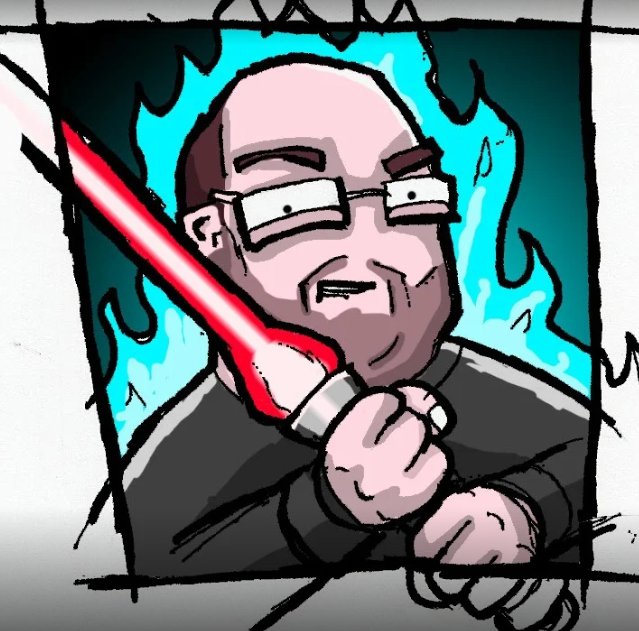The legacy of match-three games – from Bejeweled to Candy Crush
How the match-three genre has evolved into the App Store dominator
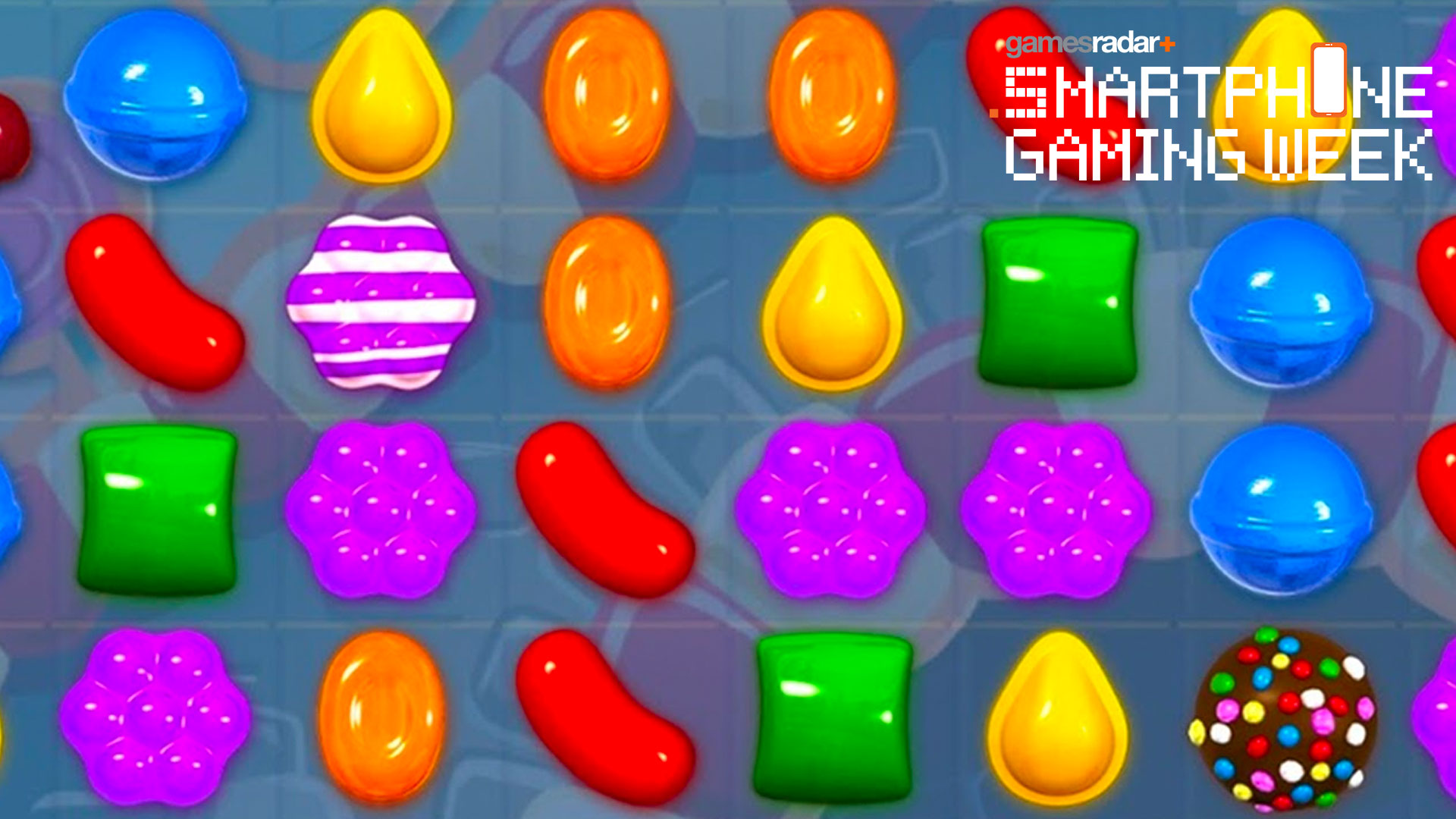
From the distant days of Bejeweled up to the modern-day atmosphere of mobile gaming, match-three games have evolved greatly.
Pretty much everyone has played a match-three game, even if they have no idea what the term means. Players taking breaks from killstreaks on Call of Duty all the way up to their grandmas have been known to while away the time swiping icons around on their smartphone. The basic premise has been around for ages; match symbols or icons numbering three or more to clear them from a playing area.
Popcap Games laid the groundwork back in 2001 with Bejeweled, which actually started life as a browser-based game. Just three guys working from an apartment in California took an inventive idea and brought it to a casual audience.
Diamond quality games
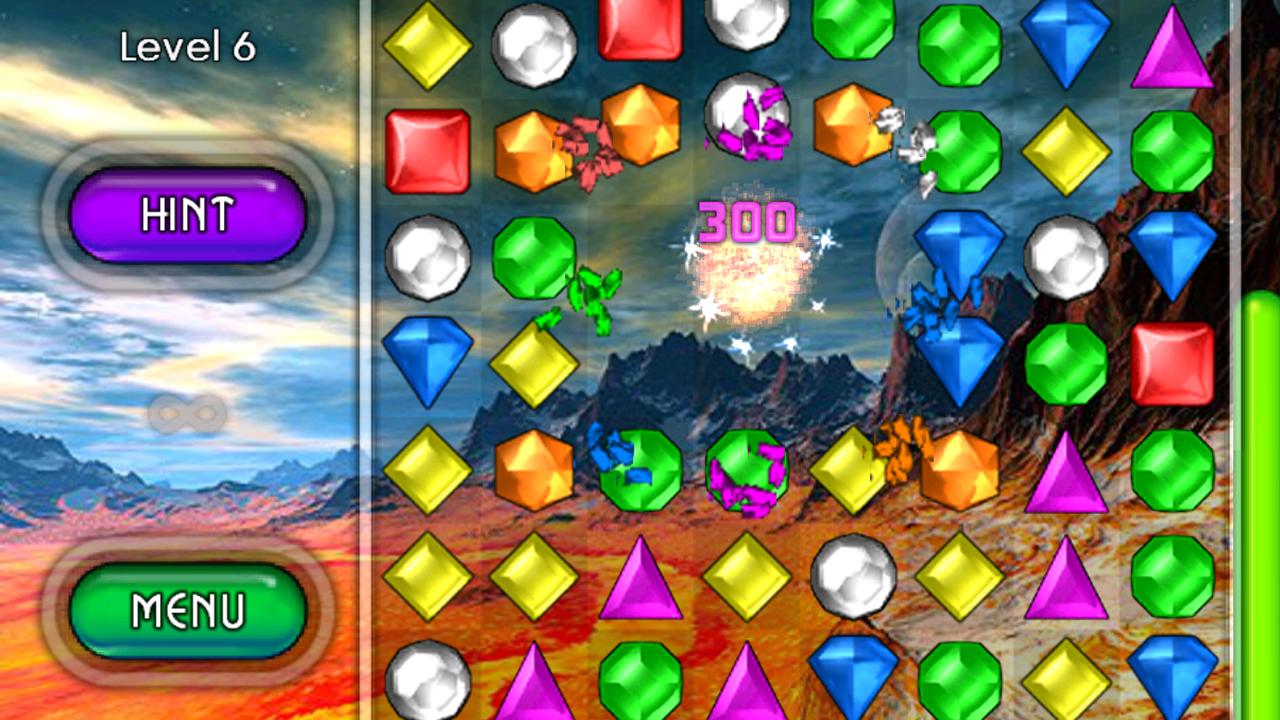
Bejeweled started life as Diamond Mine, adapted from a javascript title called Color Game. At first Popcap, then known as Crazy Action Sexy, were seeing 30,000 players per day but no money. It was only when they began releasing the game as a trial with the option to pay to unlock the full game they began to see some return for their hard work. Co-Founder Jason Kapalka tells a story, “When we set up Bejeweled Deluxe (an improved version of the game), Brian (Fiete) had a program that would play a cash register sound every time we made a sale. John (Vechey) was talking to his mom on the phone, she was telling him he couldn’t make a living just sitting on the couch. We heard the ‘Ka-Ching!’ constantly and he replied to her, ‘Sure I can, mom’.”
Now, over 15 years and millions of players later, the pioneers may have moved on from the franchise they launched, but the players are still there and so is the business model. Practically every match three game releases for free on various stores, earning revenue from players wanting to buy more lives than the standard five which replenish over time. Developers began playing with the format in different ways. Sure, Bejeweled still pulls in players over iOS and Android, but other companies have taken the elixir of success and added drops of their own making. Developers such as King, Playrix and Demiurge have taken the premise and flipped it onto its head in order to make the genre a standout success of mobile gaming.
Where Bejeweled asked a simple question – can you keep clearing the board of gems to score points against the clock? Others have furthered this question, introducing role-playing elements, special moves or famous characters. In order to experience them all, you’d need many more hours than there are in a day, but each falls back on the simple idea of moving icons around. These games are a repetitive experience and repetition is an important part of the human psyche. It’s how we learn and master skills.
Reinvention in the social sphere
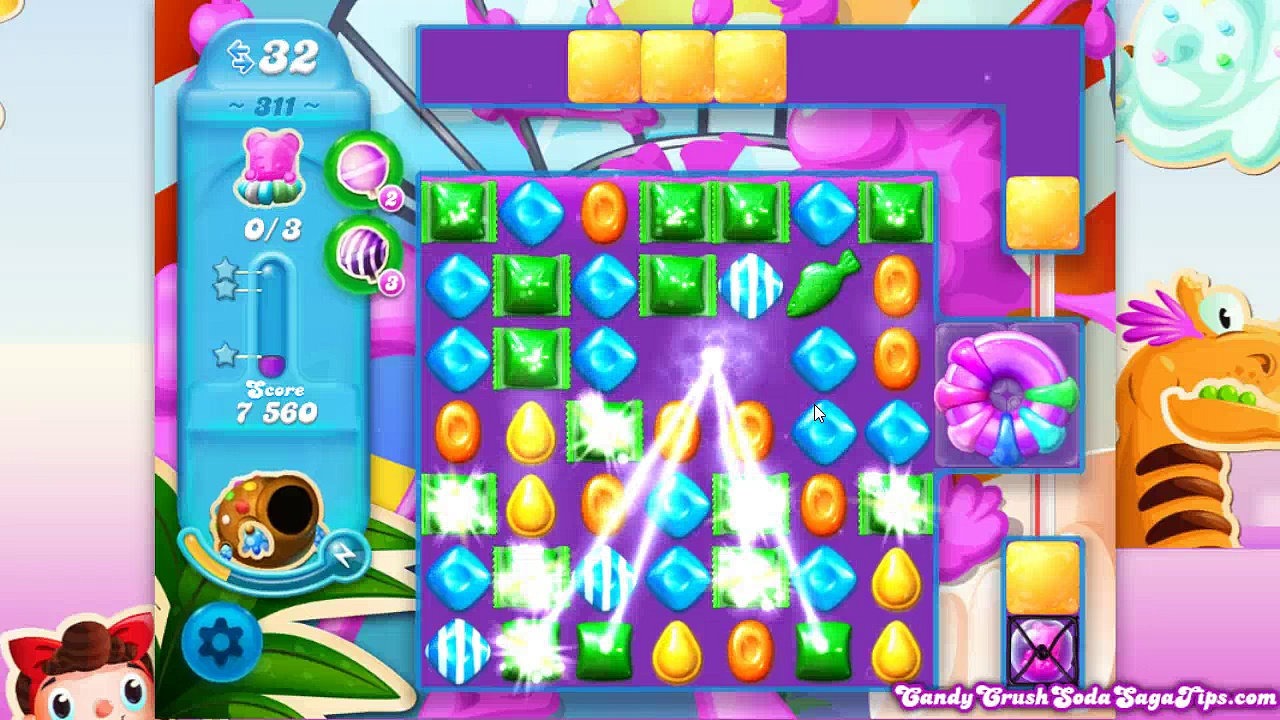
It was London based developer King who reignited the match-three genre in the mobile sphere. Popcap had capitalised on the social media and iPod boom earlier, but they were only slightly tweaking their formula – giving players just a minute to score big. King decided to completely revamp the landscape with a new theme – candy – and style-based levels. No more standard grids, now the tiles snaked all over the screens, included eye-popping power-ups and by tying itself into social media, it was possible to always compete against friends. At one point in 2017, the Candy Crush franchise, which features two pseudo-sequels, had 293 million active users. In December 2017 alone, the game made the creators $86 million from in-app purchases.
Sign up to the GamesRadar+ Newsletter
Weekly digests, tales from the communities you love, and more
But what makes the games so addictive for players? No matter which game we focus on, from Candy Crush to Marvel Puzzle Quest, match-three games start off very simply. It’s about matching colours or shapes – there’s no real puzzle element or logical process to completing levels. The games drip-feed our brains with dopamine as we succeed, of course, were the games to stay this simple we’d soon get bored, so the difficulty increases. The idea has always stayed the same at the core, the games are easy to learn but hard to master, mostly they act as a stress relief because of that Dopamine kick. It doesn’t matter if you’ve been stuck on a level for four lives or four weeks, when the completion animations flash and the music jingles it unleashes a wave of good feelings over us.
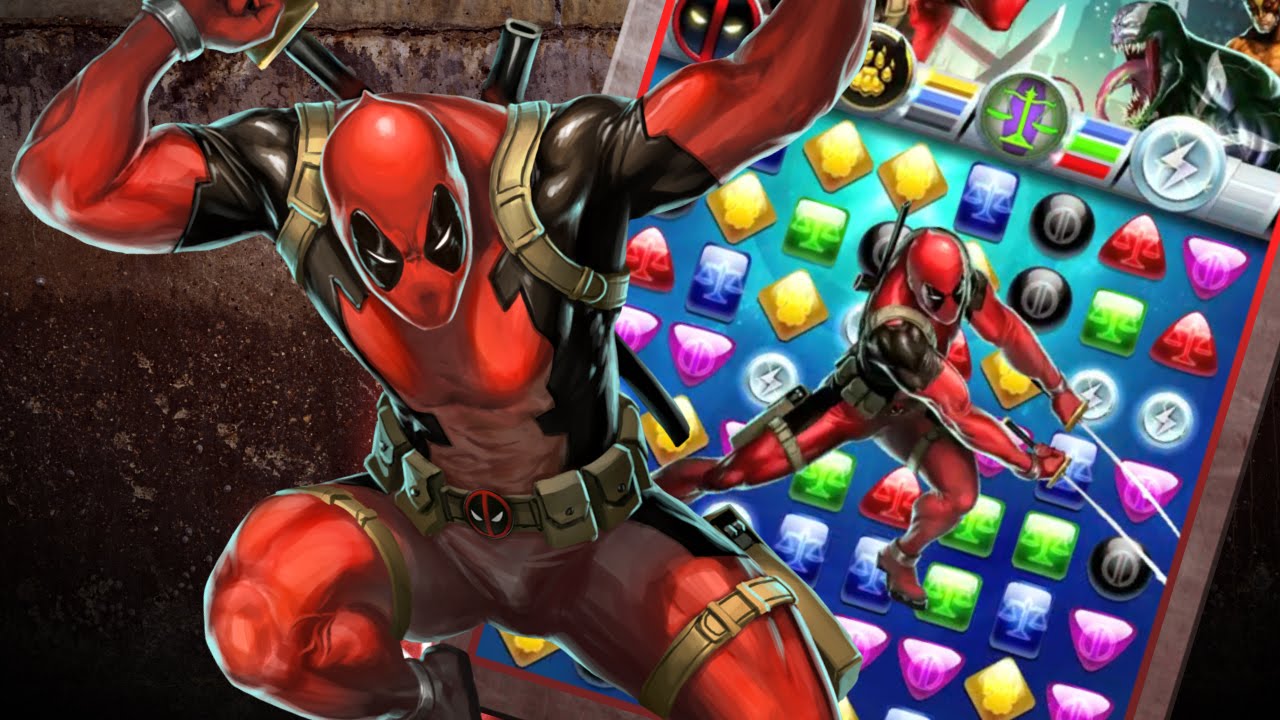
The idea of small victories carries over from candy to superheroes as Demiurge Studios pasted Marvel comic-book characters over the Puzzle Quest franchise. Here, instead of just clearing icons for points, it’s done to defeat teams either controlled by the CPU or teams that are logged by other players around the world. Marvel Puzzle Quest and games like 10000000 attempted to bridge the gap between two demographics – casual and hardcore players. A large portion of the audience for the genre exists outside of the console market. Nearly everyone has a smartphone now, so the audience is larger and therefore brings in people from all walks of life. And the genre continues to grow and evolve over time, taking pieces of each iteration and adapting to the market.
New ideas needed
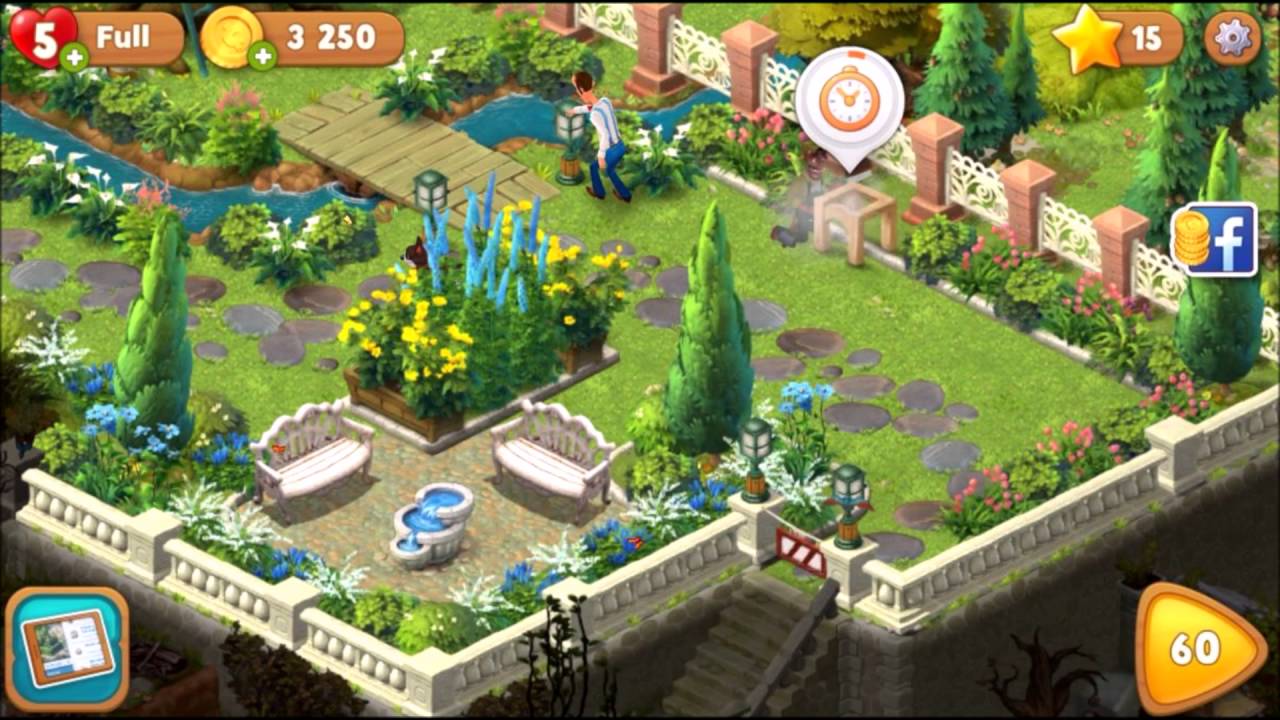
When the audience felt Candy Crush was becoming stale, King stepped in and added jelly to the candy layouts, then soda. Each expansion of the concept unlocked more levels to feed the hungry consumer, but other developers were taking notice. Enter Playrix, based in Russia, whose spin on match-three has seen each of their games remain in the top 50 of Google Play since launch. In 2016, Facebook named Playrix’s game Gardenscapes as their game of the year. Why? Because not only did they tap into the addictive style of gameplay, they introduced a central character, a butler, who renovated a garden space as the result of each round. Now players were building towards something, unlocking new items and creating a small simulative utopia – another way to escape the rigmaroles of life.
The idea of distracting from busy life or squeezing in a few minutes here and there is integral to the format. Players could be found loading up a level of any of these games on the bus after a long day of work. As of April 2017, it was reported that Gardenscapes had been downloaded more than 10 million times on Android alone, creating a revenue exceeding $150 million. The genre has always been a success, but the advent of smartphones has certainly caused it to grow exponentially, appealing to new audiences young and old.
And there’s no slowing down for match-three games as they adapt in new and exciting ways – combing numbers in Threes or with developers extending their catalogues such as Rovio’s Angry Birds. While the genre of match three has been a focus of every platform, including the arcades of Japan, it’s in the mobile market where it really shines and who can resist that small thrill when a group of three gems or candies bursts?
Dan has been playing games for over thirty years, from back when controllers had one button. Thankfully he has managed to keep up with his favourite hobby at his age. You can normally find him playing Roguelikes or Battle Royales, both of which are his specialist subject. When he isn't playing games, he's writing about them in books and articles. If he had to pick a favourite game, it would be The Binding of Isaac or Final Fantasy IX.
